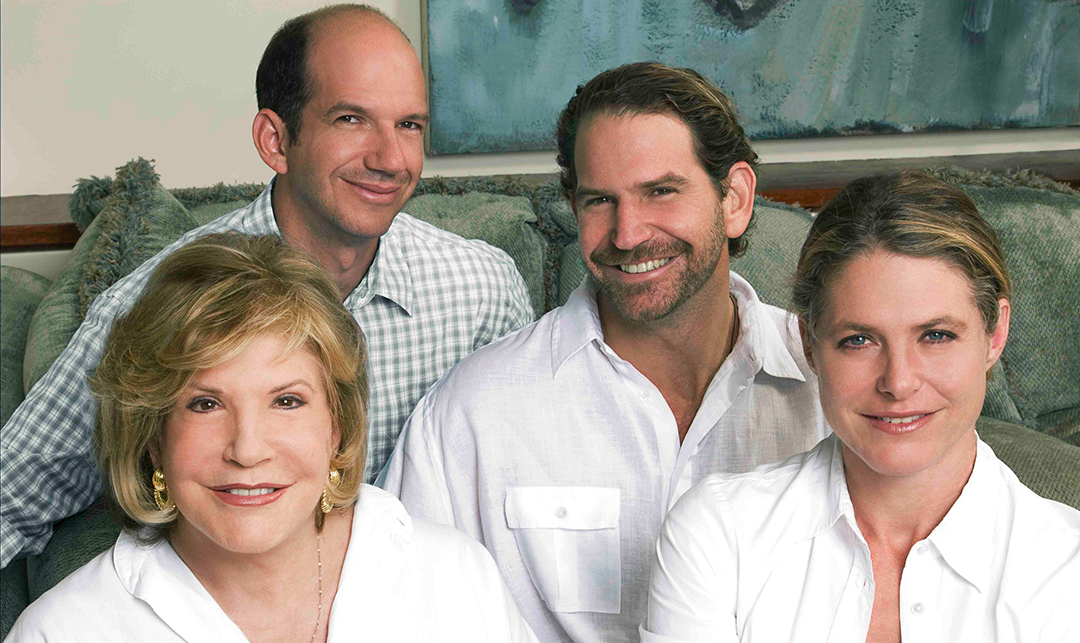On March 13, 2020, I stood with a handful of colleagues as they watched me go live to our 200+ employees worldwide at Jukin Media. I was about to address them about the upcoming pandemic, a global phenomenon that has now been consuming our lives for this past year. The previous evening, we gave people the option if they wanted to work from home, and the next day, about 40% of our employees showed up at our L.A. headquarters. At 11:00 a.m., it was my cue to go live. I had pre-written a script the night before, where essentially, I told everyone that we would be working from home for the immediate future and to plan on being home for the next 30 days, at the very least. Little did any of us know that a year later, we would still be operating the company remotely.
I’m often asked, what is it’s like operating a workforce during a pandemic. This is certainly something that nobody has experienced or trained for. My goal was to keep spirits high and emphasize the need for communication, collaboration, and culture. We later called this the “3 C’s” of success to battle the pandemic.
When I first set off to my remote office at home, I used the kitchen island in my apartment as my desk and a kitchen stool as my office chair. I was very fortunate that I lived only a few minutes away from our headquarters, so I never imagined the need for an office setup, and I obviously didn’t think it would be a permanent situation. Like the rest of us, I was being pretty naive. We were glued to the news, but I think there was a certain level of excitement and curiosity that first week of working remotely. That excitement and curiosity eventually faded into worry and fear.
It was important to me and many other leaders in the company to ensure that productivity would not go down during this time. We made it a quick habit to meet with the senior team twice a day, in the morning and evening, to ensure positive workflow and effective communication.
As April 2020 arrived, it became clear there was not going to be a solution to the pandemic any time soon, and we began to prepare for worst-case scenarios. Going back a week prior to the pandemic, the C -team met to vocalize concerns about a remote-working infrastructure. I also reached out to many of my colleagues who are CEOs, and we shared best practices with each other.
When the senior team met, we started modeling out significant revenue losses in our business and seeing how the business would sustain between a 10% and 40% loss in revenue. Obviously, a loss in revenue would cause layoffs across the company. We weren’t just worried about loss of future business, but we were also worried about current clients not being able to pay their invoices, which would result in a loss of current receivables. There was talk of government assistance, SBA loans, and the PPP loan. We were in a mad panic to figure something out.
There was a fear among the senior team and fear among colleagues that businesses would fall off the cliff. It led to many sleepless nights, and I felt there was almost a sense of panic in the air from other business owners. I had tried to put on a strong face when confronting the workforce, but in the back of my head I was deeply afraid we would have to make significant cuts in the business, seeing that other companies had already started doing so. During regular times, an important goal as a CEO is that everyone gets a paycheck, and I was afraid I was not going to be able to meet that goal. That is the fear of every founder and CEO. Luckily, we were able to power though and avoid massive layoffs. The months that followed certainly were not easy, from the pandemic to social injustices and the presidential election. As leaders of companies we were all dealing with unprecedented times.
Luckily, for my company, we were able to get through the year, we increased our workforce, and we had a slight increase in our revenue. I could not say the same for some of my fellow colleagues, who dealt with the same struggles with different results. Like many CEOs I look back to the early days of the pandemic to analyze our response and leadership. We are clearly not out of the woods and we have a long way to go. Hopefully, we are all better for the experience.
Jonathan Skogmo is the founder and CEO of Jukin Media, a digital-first media company powered by user-generated video content.
Want more insight from our C-Suite Thought Leaders? Find all their pieces here.













































